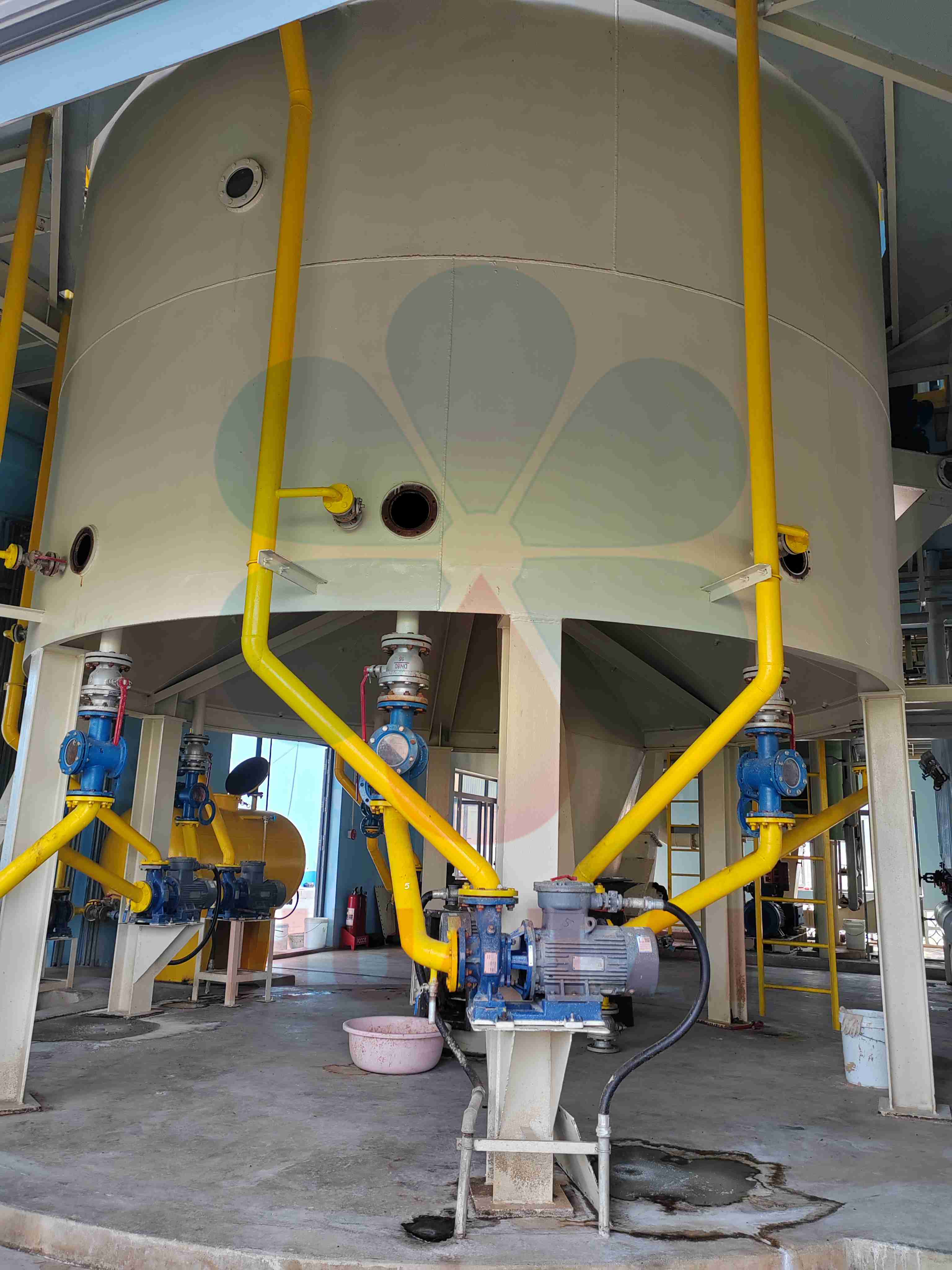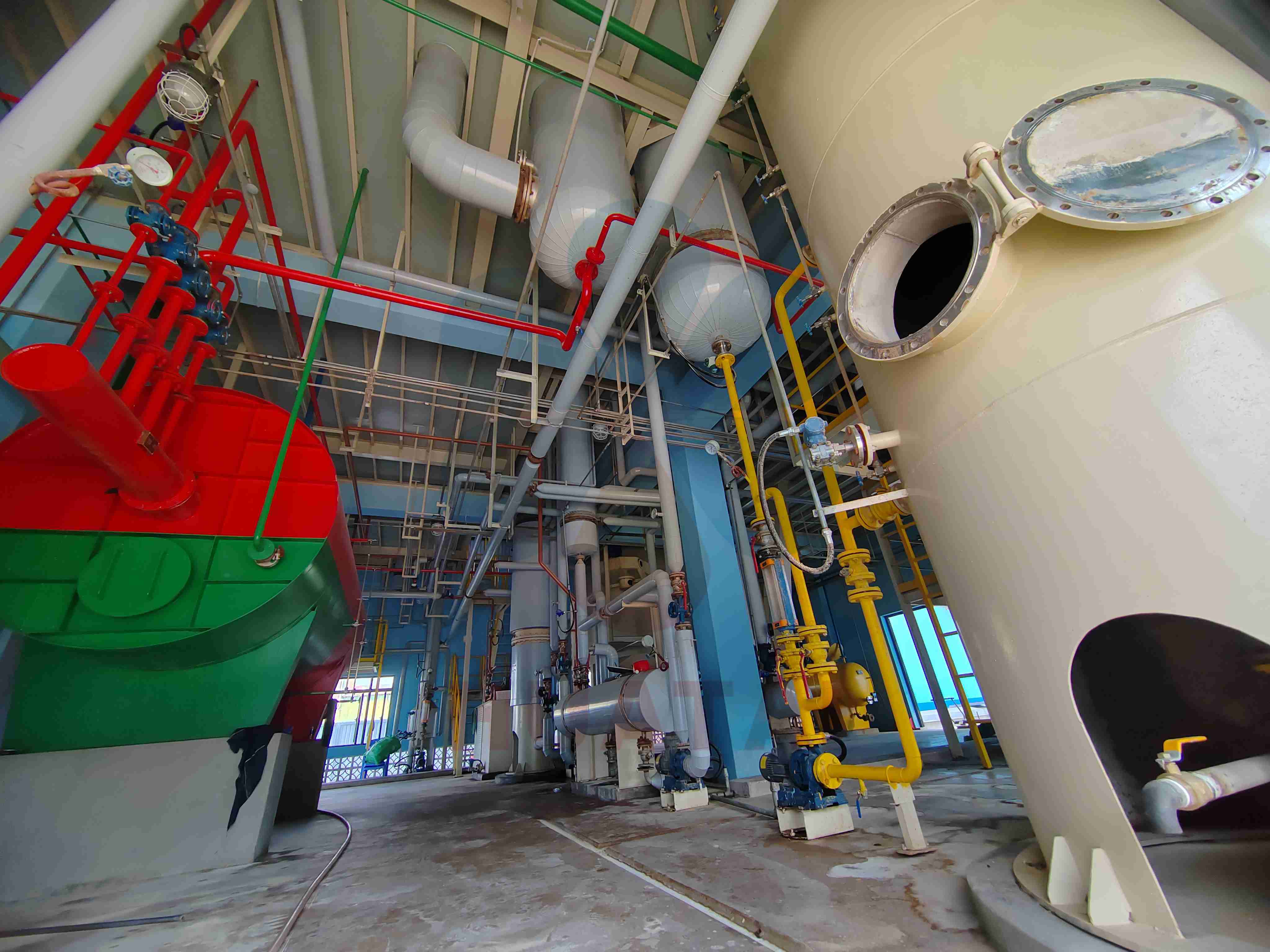The traditional methods for extracting rice bran oil mainly include pressing and solvent extraction. Pressing methods encompass hydraulic cold pressing, hydraulic hot pressing, and screw pressing. Solvent extraction primarily involves granulation extraction and extrusion extraction. Among these, extrusion extraction has become the most commonly used method due to its energy-saving and environmentally friendly characteristics.

Screw pressing is a widely used method in modern oil processing. It involves extracting oil using a screw oil press. The process flow is as follows: rice bran is first cleaned, then steamed and stir-fried to moisten the material and inhibit lipase activity. This is followed by cake formation, pressing, and filtration, resulting in crude rice bran oil. This method effectively reduces residual oil in the bran cake. Although the oil yield is slightly lower than that of hydraulic pressing, the crude oil quality is high, and the refining process is relatively simple—making it suitable for various production scales.
Extrusion extraction is a newly developed oil extraction technology, particularly suitable for rice bran. The process includes cleaning, extrusion, drying, followed by cooling, solvent extraction, evaporation, and stripping, ultimately yielding crude rice bran oil. During extrusion, active substances such as lipase and phospholipase are deactivated, which helps reduce the acid value of the crude oil and slow its increase during storage.
Extrusion extraction is divided into dry and wet types.
Dry extrusion is suitable for small-scale production.
Wet extrusion is more thorough and ideal for large-scale operations. Thus, wet extrusion extraction is currently considered the most advanced technology for rice bran oil production.

The water-enzyme method is an emerging oil extraction technology that uses water as a solvent combined with enzymatic hydrolysis to extract vegetable oil. It offers high extraction efficiency, excellent oil quality, and high protein content in by-products. Although the process is relatively complex, its environmental friendliness and efficiency make it highly promising for future applications.
The three-phase separation method is a newly developed technique for separating biological substances. It uses tert-butanol and ammonium sulfate to precipitate enzymes and proteins from crude aqueous samples. Through phase separation, it effectively isolates oil, pigments, enzyme inhibitors, and other organic impurities from polar components such as soluble sugars. This method features simple equipment, easy operation, and reusable reagents, offering broad application prospects.
Huatai Oil Machinery provides good quality oil mill plant, time & fast delivery, perfect after-sale services, and reasonable price, contact us!
Website: https://www.huataioilmachine.com/Copyright @ Henan Huatai Cereals And Oils Machinery Co.,Ltd.